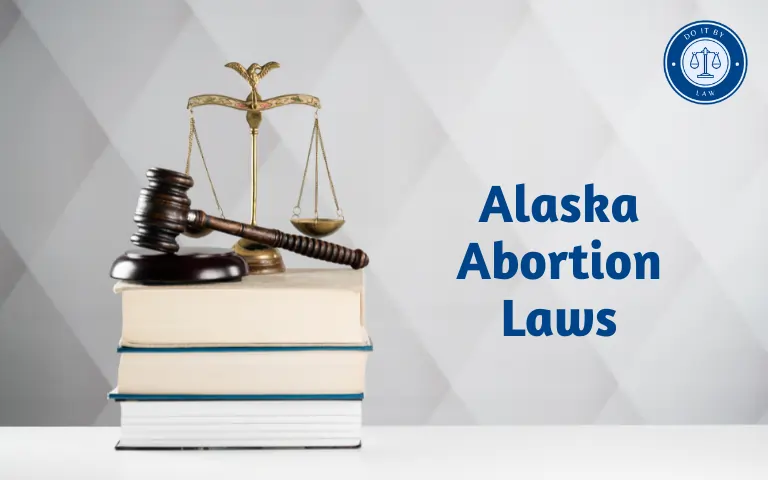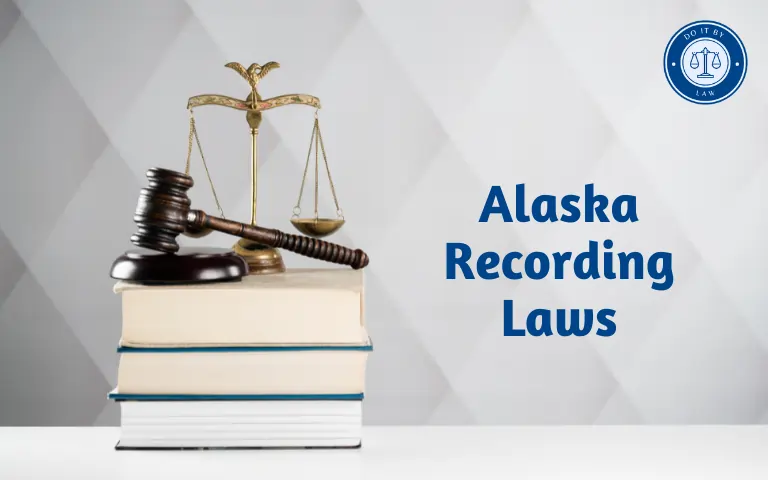Alaska Abortion Laws: What You Need to Know
Alaska Abortion Laws access in Alaska stands distinct from many other U.S. states. Currently, there are few restrictions on abortion in Alaska up to viability. However, debates continue over recent limits on public funding alongside potential impacts from legal changes nationally.
This guide covers Alaska’s abortion laws and policies, including:
- Background on Abortion Access
- Current Legal Status
- Public Funding and Coverage
- Parental Notification Rules
- Available Procedures and Gestation Limits
- Reporting Requirements
- Controversies and Challenges
With reproductive rights facing challenges across the U.S., this article aims to clarify abortion access and rules in Alaska.
Background on Abortion Access in Alaska
Before the landmark 1973 Roe v. Wade Supreme Court decision, Alaska allowed abortions only to save the pregnant person’s life. After Roe established protection for abortion access nationally up to viability, Alaska revised state laws and policies over time, creating one of the least restrictive environments nationally up through the mid-2010s.
However, funding restrictions, mandatory waiting periods, and consent rules still apply in specific circumstances. Ongoing legal battles continue around these types of restrictions amidst the still-evolving landscape after the overturn of Roe in 2022.
Current Legal Status of Abortion in Alaska
With Roe overturned, regulation of abortion access now falls fully back upon each state government across the U.S.
In Alaska, there remains an affirmative right to abortion enshrined in the state constitution following a 1997 Alaska Supreme Court ruling, which found inherent privacy protections include the right to end a pregnancy.
As of late 2022, abortion remains legal in Alaska up to viability, widely considered 24 weeks gestation. No law bans specific procedures like dilation & evacuation (D&E) or medication abortions that remain commonly used and available in the state within standard gestation limits.
Public Funding and Insurance Coverage
In 2013, Alaska adopted a policy against coverage of elective abortions under the federally funded Medicaid program. Federal law already banned Medicaid coverage except for life endangerment, rape or incest. Alaska State’s additional action eliminated state funds as well.
Most private health insurance plans in Alaska still cover elective abortion procedures if sought. Costs remain a significant barrier for lower-income patients no longer qualifying for Medicaid assistance.
Some Alaska Native tribal health facilities may utilize separate funding streams to assist members, but most now refer patients to external specialized providers like Planned Parenthood centers located in more populated cities like Anchorage and Fairbanks.
Alaska Abortion Laws Parental Notification Rules
Alaska requires doctors to notify a parent/guardian at least one day before performing an abortion on a patient aged 17 or younger. Exceptions allow a judicial order to waive this requirement in certain scenarios like abuse or assault. Critics argue this causes dangerous confidentiality breaches and delays forcing minors outside the healthcare system.
Available Procedures and Gestation Limits
In Alaska, pregnant patients have access to abortion procedures including:
- Medication/drug-induced abortions: Available up to 10-11 weeks gestation, combining two drugs taken over multiple days.
- Suction curettage: The most common procedure up to 15 weeks gestation, using gentle suction to empty the uterus. Lasts about 5-10 minutes.
- Dilation and evacuation (D&E): Performed up to 24 weeks, dilating the cervix and using suction/forceps for tissue removal from the uterus. Takes 10-20 minutes.
Later second-trimester or third-trimester abortions remain very rare, expensive, and performed out-of-state in most cases due to Alaska’s more remote geography and small population size.
Alaska Abortion Laws Reporting Requirements
The State of Alaska requires extensive data collection from abortion providers, seeking details on residency, race, ethnicity, gestation age, procedure type, and complication rates for all patients. Data shows around 1,500 abortions occur annually.
Critics argue these reporting rules breach privacy, provide minimal public health value, and aim more to discourage providers and patients. However statistical analysis helps track overall access and demographic trends. Data show out-of-state patients traveling to Alaska for abortion care have risen in recent years with extra barriers emerging elsewhere.
Alaska Abortion Laws Controversies and Challenges
Looking ahead, Alaska faces controversies regarding abortion access focused largely on:
- Public Funding Restrictions: Groups like the ACLU decry policies limiting Medicaid coverage as blocking equal access for lower-income Alaskans. However conservative lawmakers wish to curb taxpayer funds supporting abortion procedures in any form. Litigation continues seeking to overturn Alaska’s funding prohibitions.
- Viability Interpretations: Given inherent uncertainties in calculating exact gestational age and fetal viability milestones, debates persist around Alaska’s 24-week cutoffs balancing access and ethical concerns.
- Minors’ Rights: Privacy advocates oppose parental consent mandates for young women able to independently consent to other reproductive healthcare. But child welfare groups counter that abortion carries unique moral gravity warranting family conversations.
While affirmative abortion rights hold stronger legal protection in Alaska than in many states, questions remain on how to address these types of specific ethical gray areas and inequities. Rule changes seem likely as moral views on abortion evolve generationally. Alaska’s geographic isolation also hampers access for rural residents regardless of legal status.
Overall, despite no imminent threat of total abolition, Alaska’s abortion policies still face fluidity and uncertainty in coming years – as does the nation at large amidst this ongoing societal reckoning over reproductive autonomy.
Alaska Abortion Laws Conclusion
To summarize key points:
- Abortion access was broadly protected in Alaska following Roe v. Wade up until additional restrictions on public funding emerged in 2013 alongside existing parental notification rules.
- Alaska still holds limited legal barriers, banning most abortions only after 24 weeks gestation to balance ethical concerns and access.
- Reporting rules mandate data collection from providers to analyze trends, while creating privacy criticisms.
- Public funding cuts disproportionately affect lower-income residents and Native communities, fueling discrimination complaints.
- Alaska faces less threat of total abortion bans as in other conservative states, but incremental challenges continue slowly restricting options decade-by-decade.
With reproductive rights hanging by a legal thread nationwide, Alaska provides an example of how state legislatures and courts balance related civil liberties, moral views, access barriers, and health outcomes. This balancing act seems destined to continue playing out through an ongoing tug-of-war between political parties and generations.







